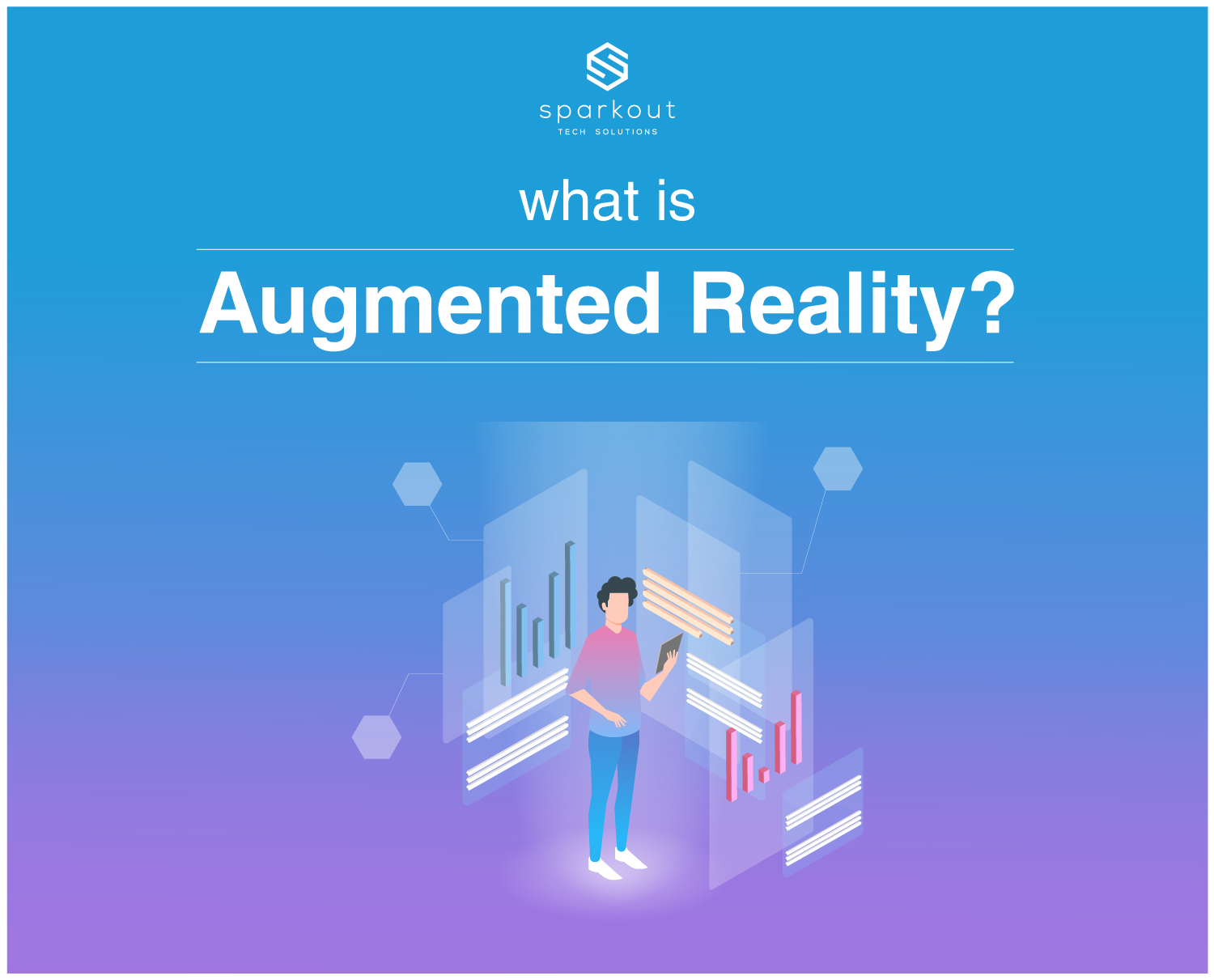
With each passing day, we are taking steps towards a world which is away from the absolute reality we all have known. This mixing of worlds is propelled to the fore by the technology called Augmented Reality. So what is an augmented reality? It is certainly not the thrilling roller coaster ride that you had at that shopping mall while wearing a headset. That is virtual reality.
Augmented reality is the superimposition of elements in the form of text, images, sounds and graphic effects on our real world. It is more of a middle point between absolutely real and virtual worlds. The word augments itself means ‘to add’ or ‘to supplement’, so augmented reality boils down to enhanced reality. So the image filters on our smartphones, GPS pop-ups, code scanners, hologram projections and some popular video games too are good examples of what augmented reality is. To define augmented reality in a specific context can be limiting because this technology is vast in its presence, it can be a simple colour and text imposition over a real-time image and it can be the cutting edge training facility for the armed forces.
The underlying idea behind this technology is to enhance and enrich human experience and interaction with the real world by adding virtual and relevant visual elements.
While it is tough, to sum up everything about augmented reality into one category, at the same time it can be categorized into several verticals that are synonymous to our everyday life. Below are these categories
Projection or spatial augmented reality
This is by far the most popularly discussed form of augmented reality. In these different types of optical devices are used to project a beam of light that forms a part of the real environment to present, demonstrate or create interaction with the viewer. The projection can be made on a predefined surface or mid-air as well and can even take input from human touch and gesture with the projected virtual body. This particular form of AR is witnessing exponential growth in the form of adoption and technological development. Now there are 3D projections as well that can be made mid-air and are highly interactive because of its capability to give the projection hologram a sense of real-time movement. In fact, there are setups available with devices that can project a real-time environment of one place to another physical setting.
Marker-based and Markerless augmented reality
The best example of a marker-based AR is a QR code scanner. This type of AR scans certain patterns and markers that are distinguished from other real-world elements and produces results when the marker is identified by the reader. These results can be information or content that are specifically attached to that pattern.
In markerless AR a variety of device embedded features like GPS, digital compass, accelerator and velocity meter are used to produce results like finding locations, directions and nearby places that you are looking for. This is the most implemented form of AR and the ever-increasing number of smartphones are behind its popularity.
Imposition based AR
This type of AR replaces the original view of the surrounding incomplete or partial capacity and produces a resulting view that is either totally different or an enhanced version of the real-world appearance. Ikea AR furniture catalogue is one of the most popular implementations of this technology, where it recognizes the real-world objects and environments through a smartphone or tablet camera and produces an augmented home interior result. Object recognition is the prime key in this technology. Instagram image filters are also an example of superimposition AR.

